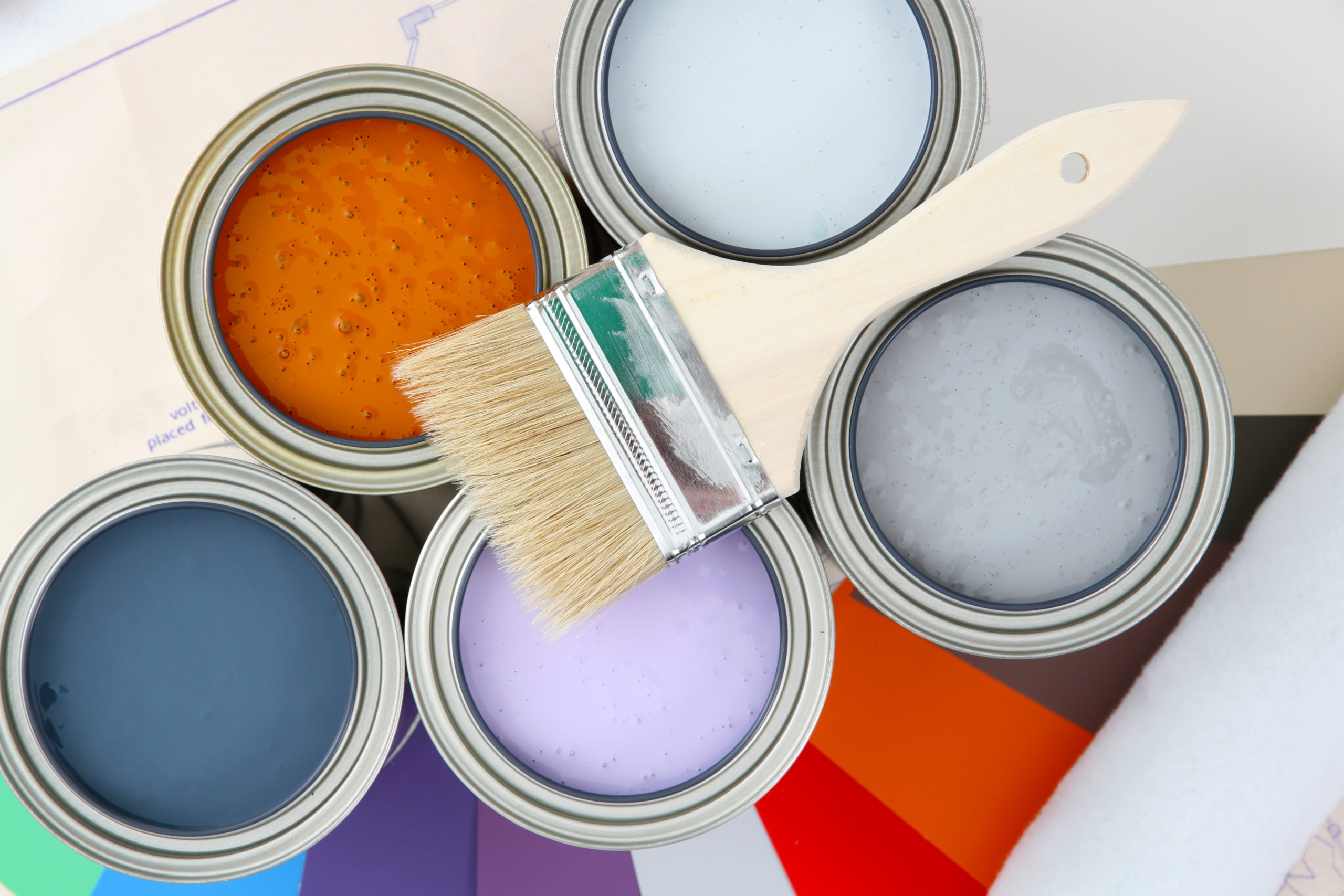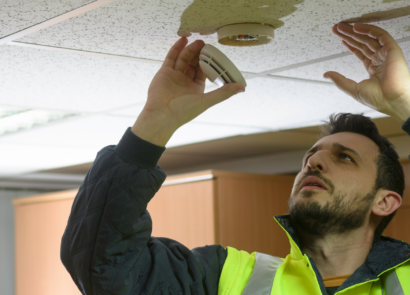Canadians recycle an extraordinary amount of household paint. To date, Product Care Recycling has recycled more than 82 million litres — that’s enough to flow over Niagara Falls for 26 seconds! Our paint program has accomplished that, and so much more, since our inception in 1994. Recycling your leftover paint helps protect marine life and waterways, while freeing up space in landfills. And if you’re still not sure why you should recycle your paint, check out these 4 reasons.
In this post, we’re breaking down the complex process of paint recycling. Continue reading to learn what happens to paint once it has been dropped off at a recycling location!
Where can I recycle paint?
You can drop off unwanted paint for free at hundreds of recycling locations across Canada.
When possible, we offer free paint to the community through our PaintShare program. Sharing paint is cost-effective, energy efficient and puts paint where it belongs – on buildings, walls, and in the hands of artists.
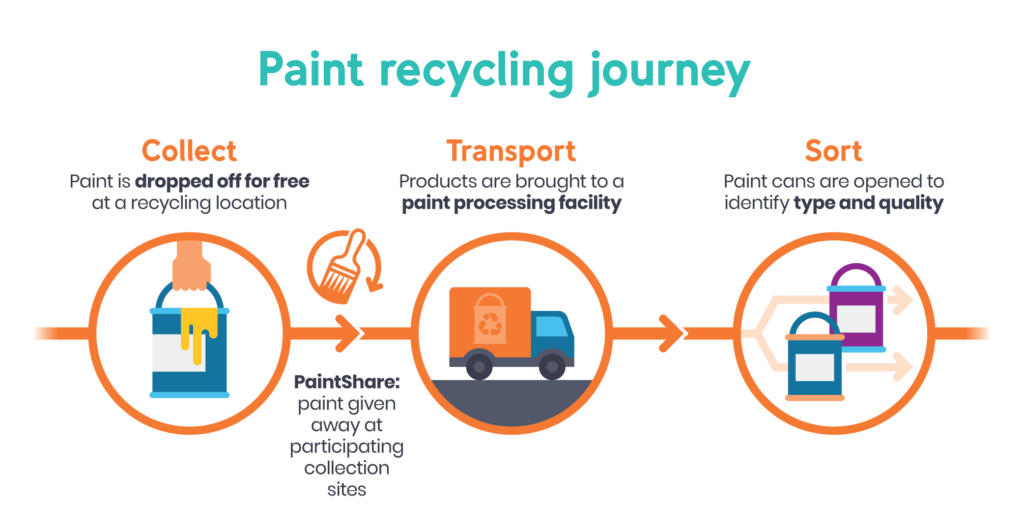
Collect, transport, sort!
Once you drop off paint at a recycling location, it is:
- Packed and transported to a processing facility in Canada or the US.
- Sorted by type (oil-based, latex-based, or aerosol).
- Inspected for contamination.
- Identified as either good or poor quality.
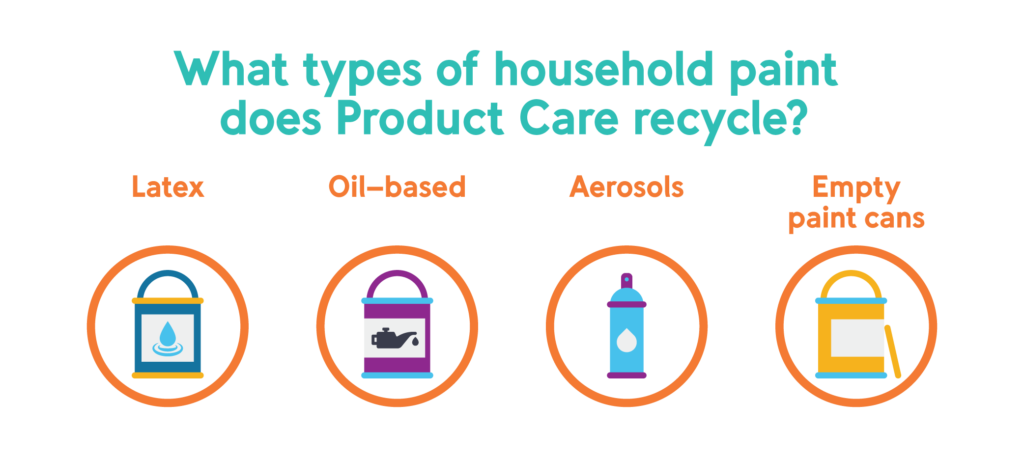
Recycling latex paint
Latex paint, also known as water-based paint, is easy to work with, making it perfect for projects like walls and ceilings. The recycling process for latex paint is as follows:
- The first step in processing latex paint is to identify its quality.
- Good quality paint is sorted by colour.
- The paint is tested, filtered, treated, and colour adjusted until it meets the necessary specifications to be packaged and sold.
Did you know? Manufacturing paint with recycled content can produce up to four times less greenhouse gases than virgin paint, depending on the brand.
What happens to poor quality paint?
Previously frozen, partly solid, or paint with debris or contamination is classified as poor quality. Liquid paint can be used as an additive in various concrete manufacturing processes. As a result, this recycled paint can preserve and extend the life of concrete products. Additionally, cans containing solid paint are cut open, removed and consolidated.
Recycling oil-based paint
Oil-based or alkyd paints are popular for applications that require a high gloss, durable finish. This type of paint is often used on furniture, cabinetry and trims.
The recycling process then goes like this:
- Workers empty oil-based paints into large shipping containers.
- In some provinces, a small portion of bulked oil-based paint is recycled into other types of coatings. In other provinces, it’s shipped off to a hazardous waste management company for testing and energy recovery at a permitted facility.
- Paint is then used to supplement natural energy sources.
The chemistry of oil-based paint makes it difficult to recycle into new paint and coating products. The market for recycled oil-based products is significantly smaller than for latex paints. Federal regulations also make it more difficult to recycle. Product Care continues to search for recycling options for oil-based paint.
In some provinces, a small portion of oil-based paint is recycled into other types of coatings. In other provinces, it’s shipped off to a hazardous waste management company, and tested for energy recovery at a permitted facility. There, it’s used as a supplement to natural energy sources.
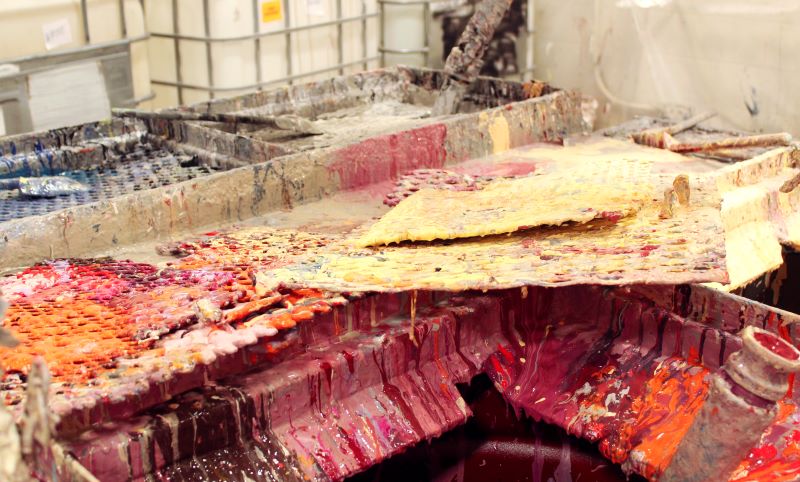
Recycling empty paint cans
Empty paint cans are managed depending on their material.
- Emptied, plastic #2 High Density Polyethylene (HDPE) paint containers are sent to plastic recyclers. The containers are cleaned, shredded, ground and used in plastics re-manufacturing processes.
- Some #2 HDPE paint container components are sent to licensed facilities. The containers are used for energy recovery, supplementing natural energy sources.
- Emptied plastic #5 Polypropylene (PP) is either recycled or sent for energy recovery.
Recycling paint aerosols
Aerosol paint, more commonly known as spray paint, is a type of paint that comes in a sealed, pressurized container. As a result, aerosol paint is processed using special equipment in a controlled environment.
The process of recycling aerosol paint is as follows:
- Paint aerosols are punctured in a controlled environment where the propellant/gas and paint are separated.
- The propellant is either: recaptured and re-compressed into gas cylinders. It’s then sent to a licensed facility for energy recovery, or, passed through a carbon filter to capture the propellant.
- The residual paint is sent for energy recovery. The emptied aerosol can is flattened and sent for metal recycling.

Because leftover paint is a valuable, recyclable resource, it does not belong in the trash. Every time you choose to recycle leftover paint, you help make the world a greener place.
And remember, if you have a project coming up soon and you’re planning to purchase paint, be sure to follow the BUD rule:
The BUD rule is as follows:
- Buy what you use
- Use what you buy
- Drop off the rest for recycling
If you were wondering how paint is sorted and recycled, we hope this article helped answer some of your questions.
And if you have paint to recycle, learn about our paint recycling program and find a recycling location near you.
